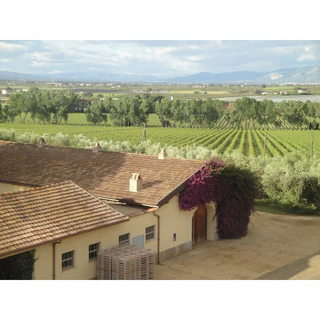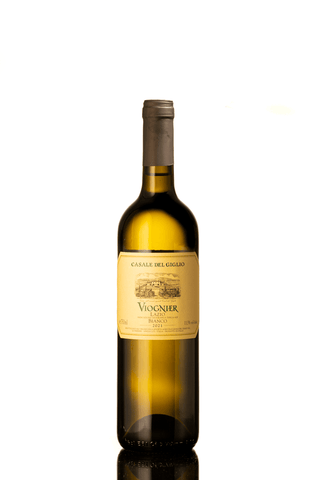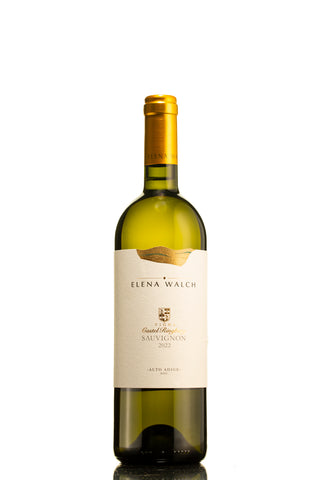Description
Sauvignon, originally from Bordeaux, is a vine that prefers training methods that do not expose the bunches to direct sunlight, thus avoiding oxidation, which could easily occur due to the presence of photolabile aromas.
The grapes are therefore not "peeled" and retain their uniqueness.
It was introduced in Agro Pontino, in the province of Latina, after extremely positive feedback, the result of long and careful research.
GRAPE AND WINEMAKING
Sauvignon 100%.
It is usually harvested in the very first days of September, in order to preserve a good acidity level of the grapes, at the same time ensure good maturation and avoid the appearance of an excessive vegetal scent.
After careful soft pressing and scrupulous selection of the free-run must, the alcoholic fermentation is induced very quickly, in order to preserve all the typical aromatic characteristics of the vine.
Once this phase is completed, the temperature of the new wine is reduced to around 8° C. to avoid the start of malolactic fermentation.
The necessary decanting and bottling follow, scheduled for January/February.
ORGANOLEPTIC EXAMINATION
Bright straw yellow colour; intense and fragrant aroma, with hints of sage and nettle; fresh taste, very mineral flint, with good structure.
SUGGESTED COMBINATIONS
It goes well with seafood risotto or wild herb omelette.
Description
Sauvignon, originally from Bordeaux, is a vine that prefers training methods that do not expose the bunches to direct sunlight, thus avoiding oxidation, which could easily occur due to the presence of photolabile aromas.
The grapes are therefore not "peeled" and retain their uniqueness.
It was introduced in Agro Pontino, in the province of Latina, after extremely positive feedback, the result of long and careful research.
GRAPE AND WINEMAKING
Sauvignon 100%.
It is usually harvested in the very first days of September, in order to preserve a good acidity level of the grapes, at the same time ensure good maturation and avoid the appearance of an excessive vegetal scent.
After careful soft pressing and scrupulous selection of the free-run must, the alcoholic fermentation is induced very quickly, in order to preserve all the typical aromatic characteristics of the vine.
Once this phase is completed, the temperature of the new wine is reduced to around 8° C. to avoid the start of malolactic fermentation.
The necessary decanting and bottling follow, scheduled for January/February.
ORGANOLEPTIC EXAMINATION
Bright straw yellow colour; intense and fragrant aroma, with hints of sage and nettle; fresh taste, very mineral flint, with good structure.
SUGGESTED COMBINATIONS
It goes well with seafood risotto or wild herb omelette.
Casale del Giglio


Lazio
Casale del Giglio












